This product is sold unpainted.
Additional Images.
1. Image is by kind permission of the 'ABC Wargamers' blog and shows the Russian Army poised to take on the table top Japanese adversary.
2. Image of the Battle of Motien Pass, Manchuria, 1904. The Russian forces before the main Japanese assault.
3. Russian column from the collection of Roy Boss.
RUSSO-JAPANESE WAR TACTICS
‘The
Russo-Japanese War did not offer new or remarkable lessons or innovations in
military tactics. In many ways it was a dress rehearsal for World War 1 a
decade later. At the same time, it more than confirmed the lessons of earlier
engagements of the late 19th century, such as the Second Boer War,
for it demonstrated the futility of the frontal attack, the power of the rifle
and machine gun on the defensive, and especially the vital role artillery plays
in the modern battlefield. However, the artillery was driven farther back by
the hail of bullets until the gunners were compelled to seek cover on the
ground and cease firing over their sights. The war turned increasingly into
trench warfare, and all the land engagements became entrenched.
Whenever
it was possible, trenches were protected by wire entanglements. Frontal
attacks, save as fixing operations, were altogether out of the question. At
each great battle, especially the battles of Yalu River, Liaoyang and Muckden,
it was the Japanese threat of envelopment by infantry and artillery, cavalry
having lost all offensive power, that compelled the Russians to retreat.
Eventually
the Russo-Japanese War was brought to an end not through tactical or strategic
action but by revolution and attrition. Both sides were virtually worn out, and
Russia was threatened by rebellion and disaster.’
THE
WARGAMER may
wish to build into a table top game enough space for the attacker to have the
ability to outflank or enfilade the entrenched defender. Alternatively, to have
a sequence of attacker deployments onto the table that allows for movement off
table.
Source: ‘Historical
Dictionary of The Russo Japanese War’, 2nd Edition, Kowner, Rowman
and Littlefield, 2017.


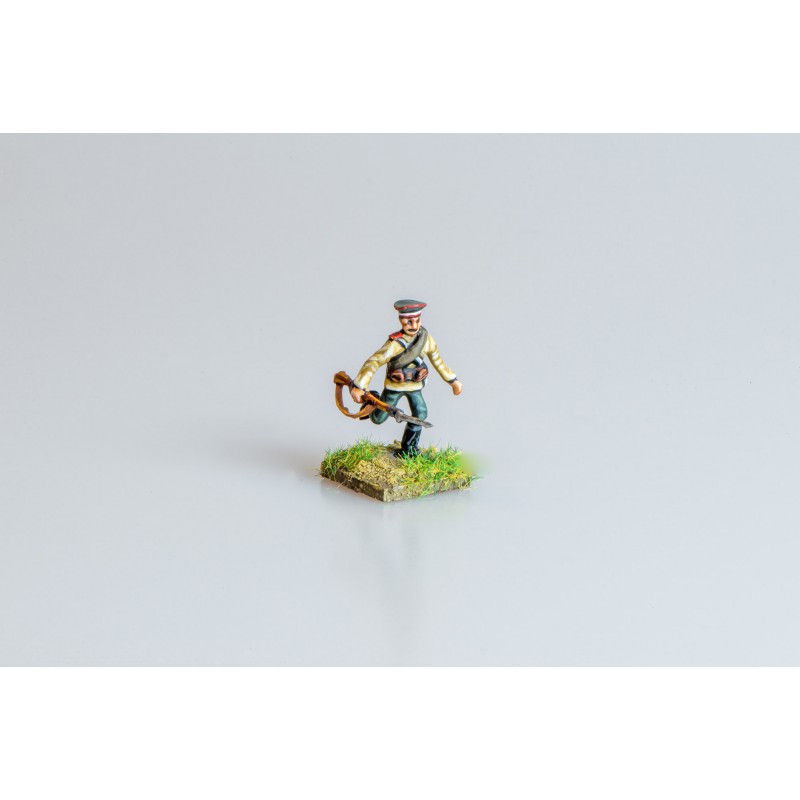
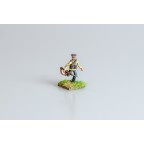
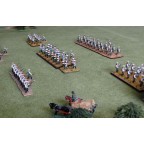
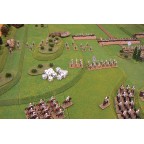
-144x144.jpg)
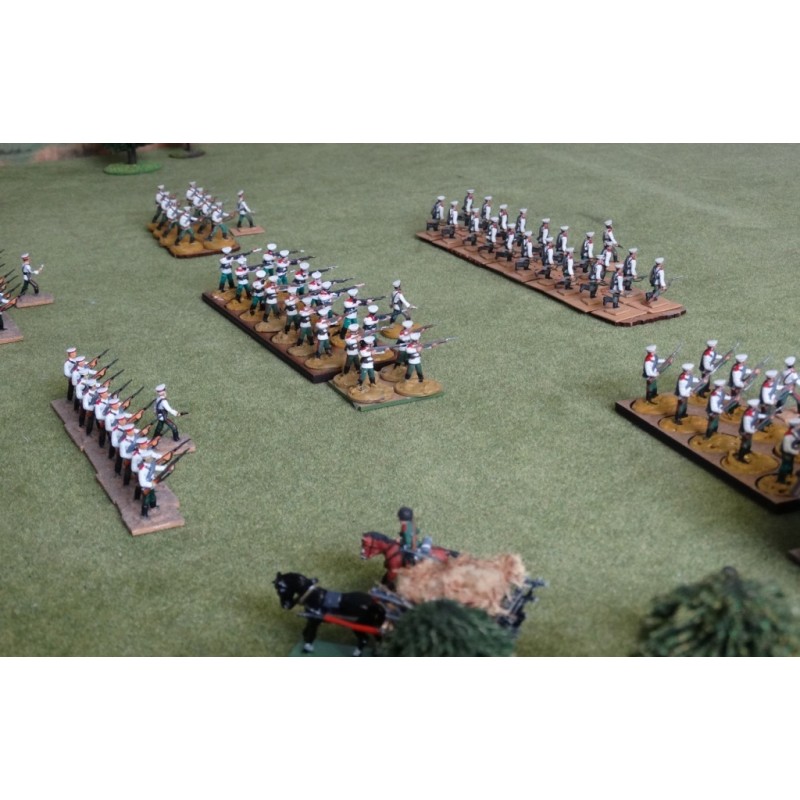
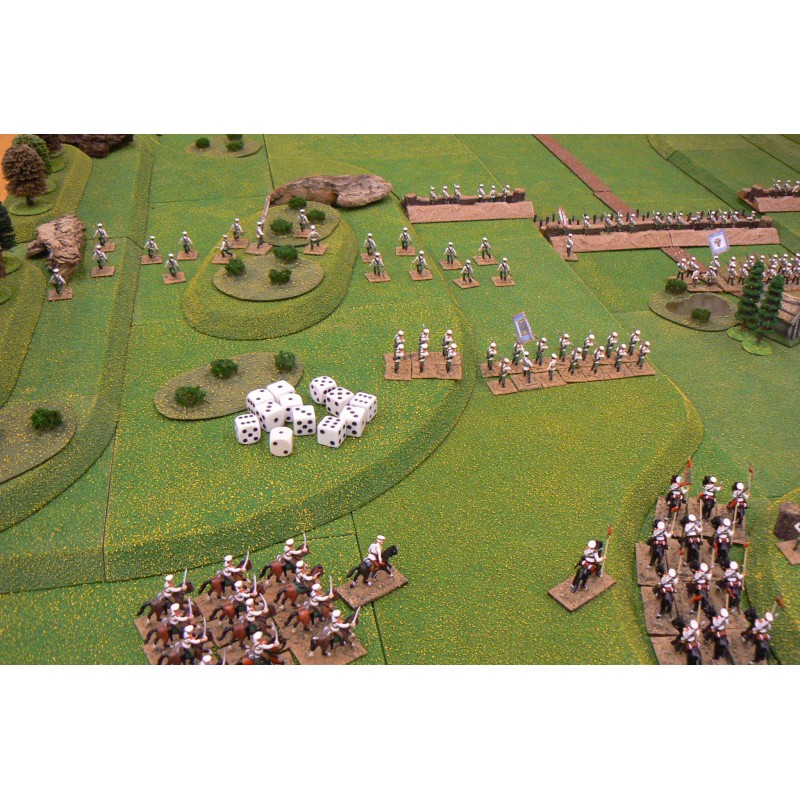
-800x800.jpg)